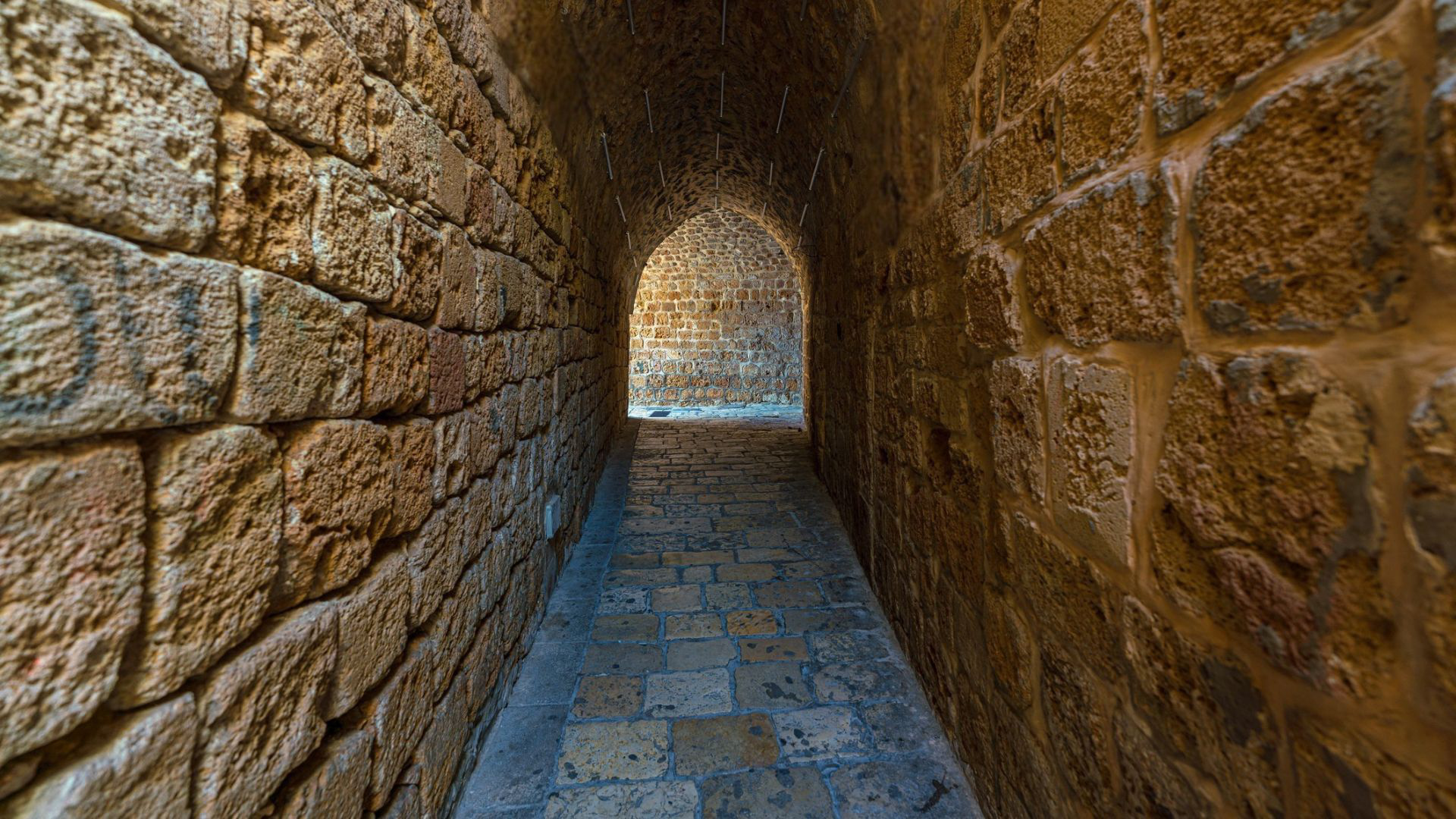
www.thegospelcoalition.org
Nicodemus: Incredulity, Indecision, and Identity
Snakes often evoke terror and revulsion. I experienced this one day on a hike when I heard a sound at my feet. There, right next to me, was a rattlesnake, coiled and ready to strike.
One of the horrifying punishments against sin in the Old Testament involves a horde of snakes. God sends venomous snakes to bite grumbling and defiant Israelites in the wilderness. But even in his wrath, God shows mercy. He tells Moses to put a bronze serpent on a pole; anyone who looks at it is healed (Num. 21:9). A serpent is a strange symbol of salvation.
Jesus refers to this event in his conversation with Nicodemus, a religious leader of the Jews. In a way, the serpent on the pole was a prophetic symbol of the crucifixion: “As Moses lifted up the serpent in the wilderness, so must the Son of Man be lifted up, that whoever believes in him may have eternal life” (John 3:14–15). This is Jesus’s invitation to Nicodemus to look on him and be saved.
In three scenes, John masterfully shows Nicodemus’s movement from incredulity to indecision to belief in the lifted-up Son of Man. In doing this, he invites his readers to put aside all their incredulity and indecision and to identify with Jesus through belief.
Scene One: Incredulity
Nicodemus first approaches Jesus at night (vv. 1–15). John emphasizes the timing of this rendezvous to highlight its secrecy. Nicodemus acknowledges that Jesus is from God (v. 2), but he’s still ignorant and in spiritual darkness. He’s operating in the dark and secrecy of the night.
Nicodemus acknowledges that Jesus is from God, but he’s still ignorant and in spiritual darkness.
As the conversation unfolds, Nicodemus is incredulous at Jesus’s claims and teaching. He’s likely still shocked by the cleansing of the temple and Jesus saying, “Destroy this temple, and in three days I will raise it up” (2:19). Nicodemus’s question “How can these things be?” characterizes his approach to Jesus (3:9). Their conversation ends with the narrator’s commentary on the symbolism of light and darkness: “The light has come into the world, and people loved the darkness rather than the light. . . . But whoever does what is true comes to the light” (vv. 19, 21).
This commentary should be applied to Nicodemus, one stuck in darkness who is coming to the light of Jesus. Will Nicodemus truly come to the light or stay in the darkness of night?
Scene Two: Indecision
The second scene featuring Nicodemus emphasizes the question of his identity (7:50–52). A council of the chief priests and Pharisees convenes to arrest Jesus. However, the officers, amazed by Jesus and his teaching, refuse to bring him in. Nicodemus is caught up in the ensuing debate. When John reintroduces Nicodemus, he comments about his identity; Nicodemus “was one of them” (v. 50). This identity comes into question in the scene.
Nicodemus makes the case that Jesus should be given a fair hearing according to the law (v. 51). The Pharisees question him: “Are you from Galilee too?” (v. 52). John intentionally includes this sneering question to push forward Nicodemus’s character arc. Who is Nicodemus? Is he “one of them”? Or is he a “Galilean,” a disciple of Jesus?
Scene Three: New Identity
After the crucifixion, almost out of nowhere, Nicodemus reemerges and takes center stage (19:38–41). The Jews want nothing to do with Jesus’s dead body, so they ask Pilate to take him away (v. 31). They don’t want the blemish of a dead body to defile their Passover Sabbath. Ironically, though, Jesus is the true Passover Lamb. He’s the one the Passover points to. They reject the spiritual substance of the feast, Jesus himself, to uphold the mere shadow of the feast.
Nicodemus does the opposite. He sets aside the symbol of the feast for the substance. The text implies Nicodemus is personally involved in the burial process. He’s apparently not concerned with being ceremonially unclean, even on the cusp of the Passover Sabbath. He no longer sneaks in the shadows of night. Before the Sabbath evening begins, during the day of Preparation, he openly identifies with Jesus. The day should be identified as the “light.” The question of Nicodemus’s identity appears resolved. He truly comes to the light.
Better than the Bronze Serpent
John wants us to see the contrasting responses to Jesus of the Pharisees and Nicodemus. The Pharisees and religious leaders see Jesus as a terrifying and revolting snake—unclean and dangerous. But Nicodemus sees that Jesus is the source of healing and life. Nicodemus looks to the One who was lifted up. Just as the Israelites were healed of the poisonous bites in the wilderness wanderings, Nicodemus is healed of his evil and darkness.
Just as the Israelites were healed of the poisonous bites in the wilderness wanderings, Nicodemus is healed of his evil and darkness.
The Gospel of John presents humanity in two broad categories. Either you’re in the darkness and hate the light, or you’re born again and come to the light. The Nicodemus character arc gives one concrete example of what coming to the light looks like: true belief in and identification with Jesus.
Nicodemus’s actions are recorded to persuade us to believe in Jesus (20:31). The question John poses through Nicodemus is this: Are you in the dark or have you truly come to the light?
We’re invited to look to the lifted-up Son of Man and believe (3:14–15). Doubt and indecision may hinder. But there’s life and freedom in believing and publicly identifying with Jesus, no matter the cost.










